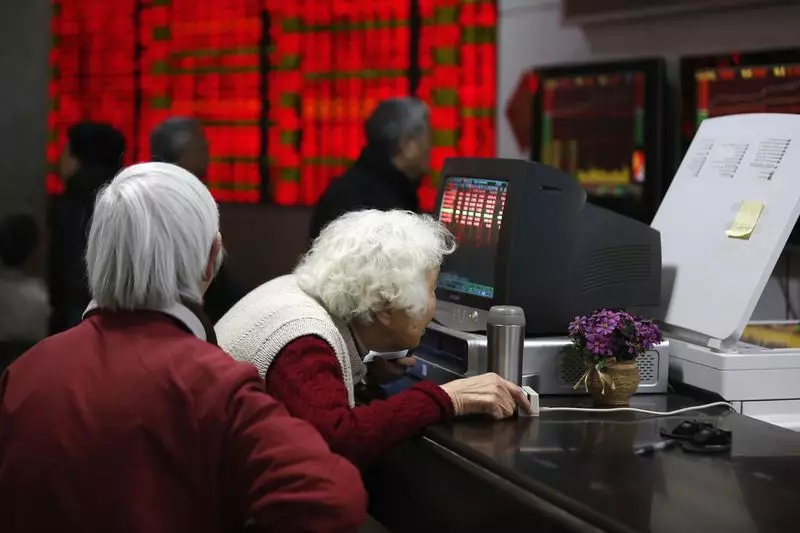As major central banks approach crucial interest rate decisions, the Asian currency markets are exhibiting a marked sense of caution. Tuesday saw most Asian currencies struggling to make significant gains, as investors remain vigilant in anticipation of policies from central authorities like the U.S. Federal Reserve. The Fed’s impending decision to cut interest rates by 25 basis points has created an air of uncertainty, particularly because market sentiment suggests that future cuts may be executed at a much slower rate as the economy navigates through an intricate macroeconomic landscape. Such expectations have lent support to the U.S. dollar, creating a backdrop of pressure on Asian currencies.
The U.S. Dollar Index remained largely stable throughout Tuesday’s Asian trading hours, which is notable in the face of the upcoming Fed announcement. Market futures for the U.S. dollar showed minor advances, underscoring persistent confidence in the dollar despite the anticipated reduction in rates. This environment not only stabilizes the dollar but also influences the valuation of other currencies in the region. The renowned USD/JPY pair reflected this stability by remaining virtually unchanged, indicating that traders are waiting for further clarity on the Bank of Japan’s policy stance.
In Indonesia, the rupiah showed some resilience, rising by 0.4%, as analysts predict that the nation’s central bank will maintain its key interest rates in an effort to bolster the currency. This decision appears prudent considering broader regional uncertainties. Conversely, the Thai baht managed a slight uptick of 0.2%, fueled by market expectations that the Bank of Thailand will not change its rates following a surprising cut last month.
In the Philippines, however, the peso encountered a minor decline of 0.1% as traders braced for another expected reduction in key policy rates ahead of the Bangko Sentral ng Pilipinas’ (BSP) meeting scheduled for later this week. This would mark the third consecutive reduction, reinforcing the trend of diminishing rate levels in the face of economic pressures.
Turning to China, the yuan experienced a slight upward movement against the dollar. Recent data indicating a sharp decline in retail sales growth has raised alarms about the country’s consumer sector, casting a shadow over its economic recovery. Meanwhile, in South Korea, the political landscape remains turbulent following the impeachment of President Yoon Suk Yeol, impacting the won negatively as it inched down by 0.2%.
The implications of these market dynamics stretch beyond immediate currency valuations. Investors are gauging not only short-term market movements but also the long-term economic health of these nations amid shifting interest rate environments. With the U.S. Federal Reserve potentially altering its rate trajectory, Asian economies may need to adapt swiftly to changing global financial landscapes.
The Asian currency markets are navigating a labyrinth of uncertainty, shaped significantly by expectations from central banks and recent economic data. The interplay between local and global factors will continue to influence currency stability as traders await clearer signals from financial authorities.

